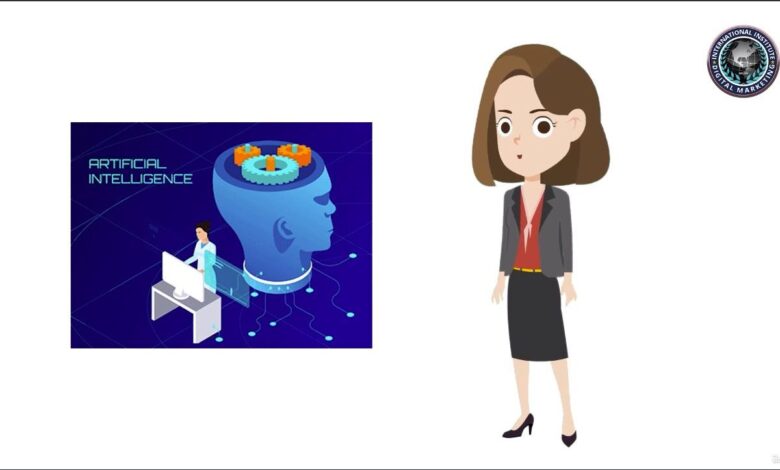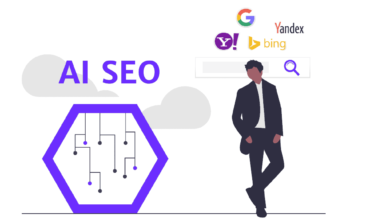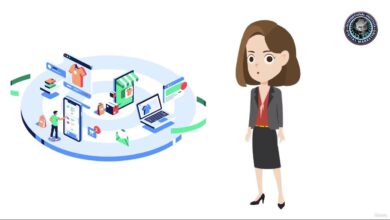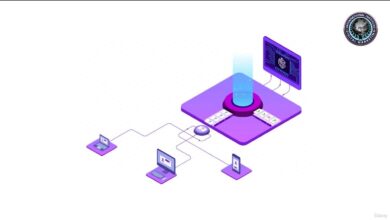Artificial Intelligence

Artificial Intelligence Explained
Artificial intelligence – or AI for short – is technology that enables a computer to think or act in a more ‘human’ way. It does this by taking in information from its surroundings, and deciding its response based on what it learns or senses.
It affects the way we live, work and have fun in our spare time – and sometimes without us even realizing.
AI is becoming a bigger part of our lives, as the technology behind it becomes more and more advanced. Machines are improving their ability to ‘learn’ from mistakes and change how they approach a task the next time they try it.
Some researchers are even trying to teach robots about feelings and emotions.
You might not realize some of the devices and daily activities which rely on AI technology – phones, video games and going shopping, for example.
What does AI do?
AI can be used for many different tasks and activities.
Personal electronic devices or accounts (like our phones or social media) use AI to learn more about us and the things that we like.
One example of this is entertainment services like Netflix which use the technology to understand what we like to watch and recommend other shows based on what they learn.
It can make video games more challenging by studying how a player behaves, while home assistants like Alexa and Siri also rely on it.
Where did AI come from?
The term ‘artificial intelligence’ was first used in 1956. In the 1960s, scientists were teaching computers how to mimic – or copy – human decision-making.
This developed into research around ‘machine learning’, in which robots were taught to learn for themselves and remember their mistakes, instead of simply copying. Algorithms play a big part in machine learning as they help computers and robots to know what to do.
From here, the research has continued to develop, with scientists now exploring ‘machine perception’.
This involves giving machines and robots special sensors to help them to see, hear, feel and taste things like human do – and adjust how they behave as a result of what they sense.
The idea is that the more this technology develops, the more robots will be able to ‘understand’ and read situations.


